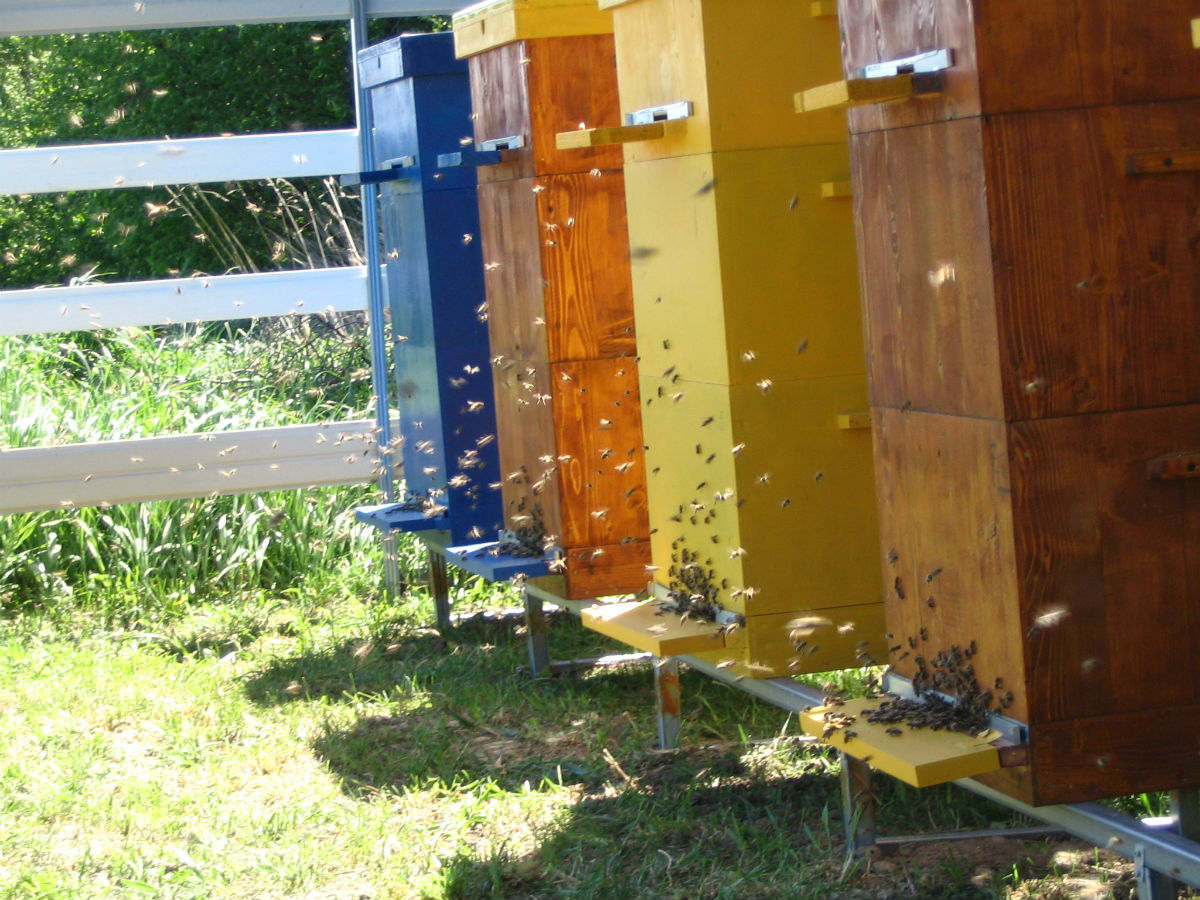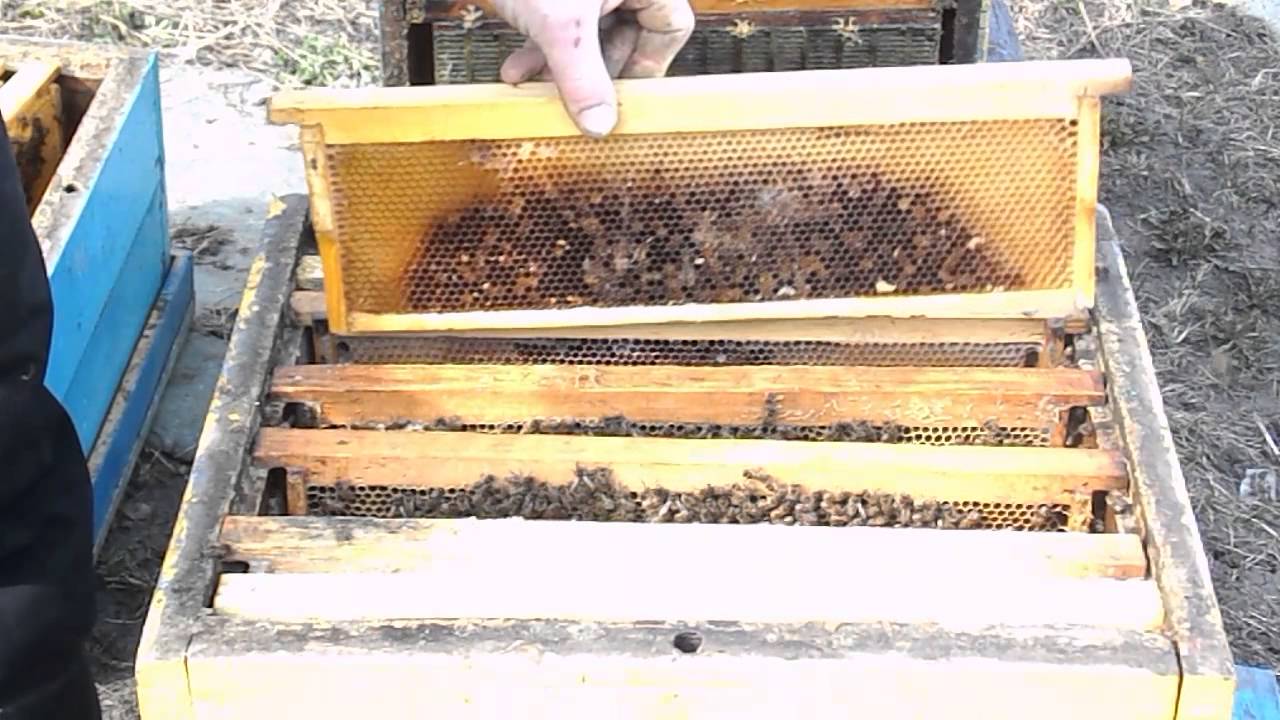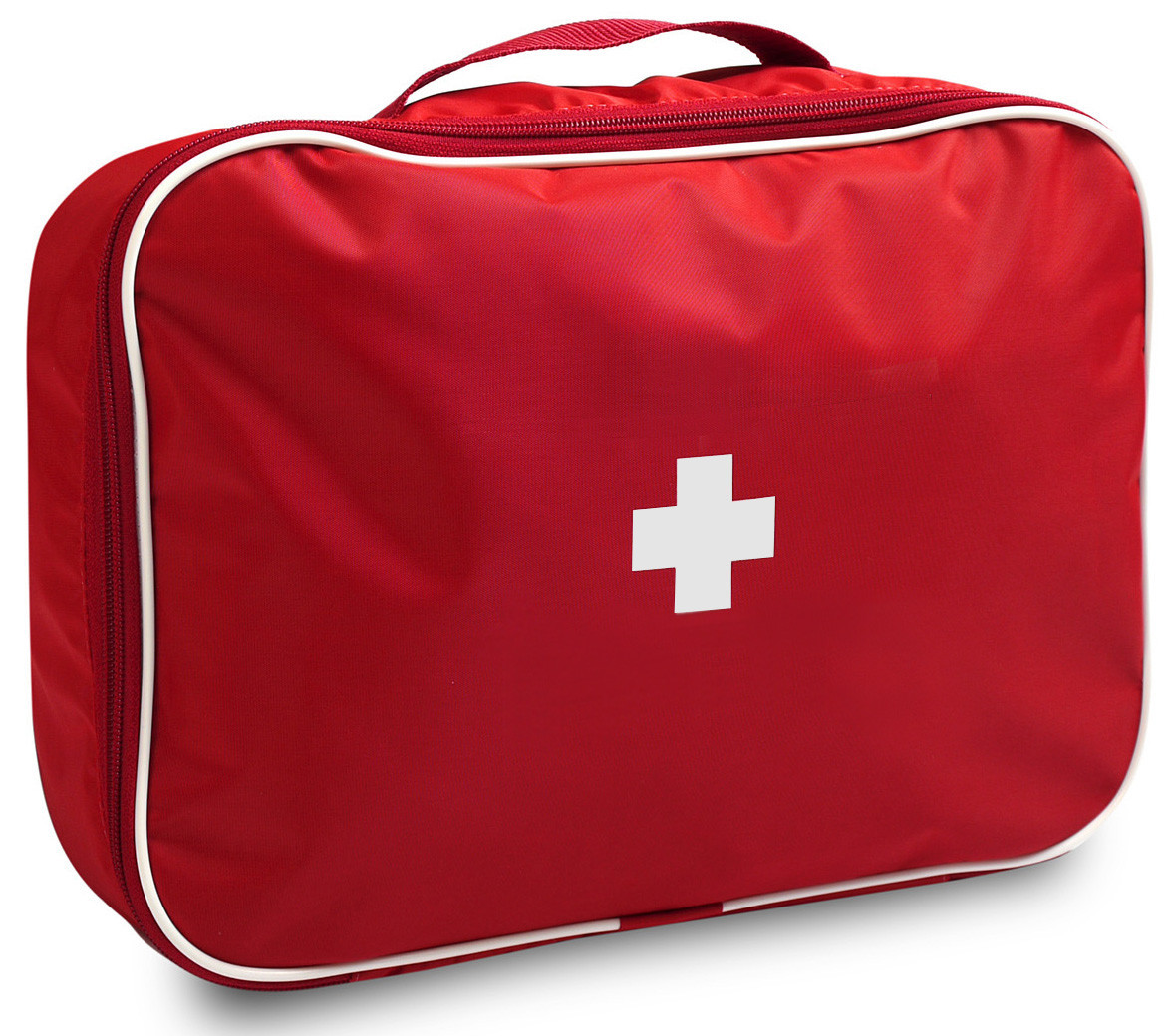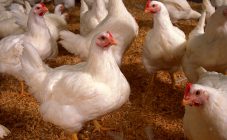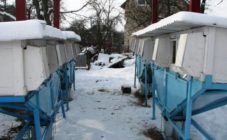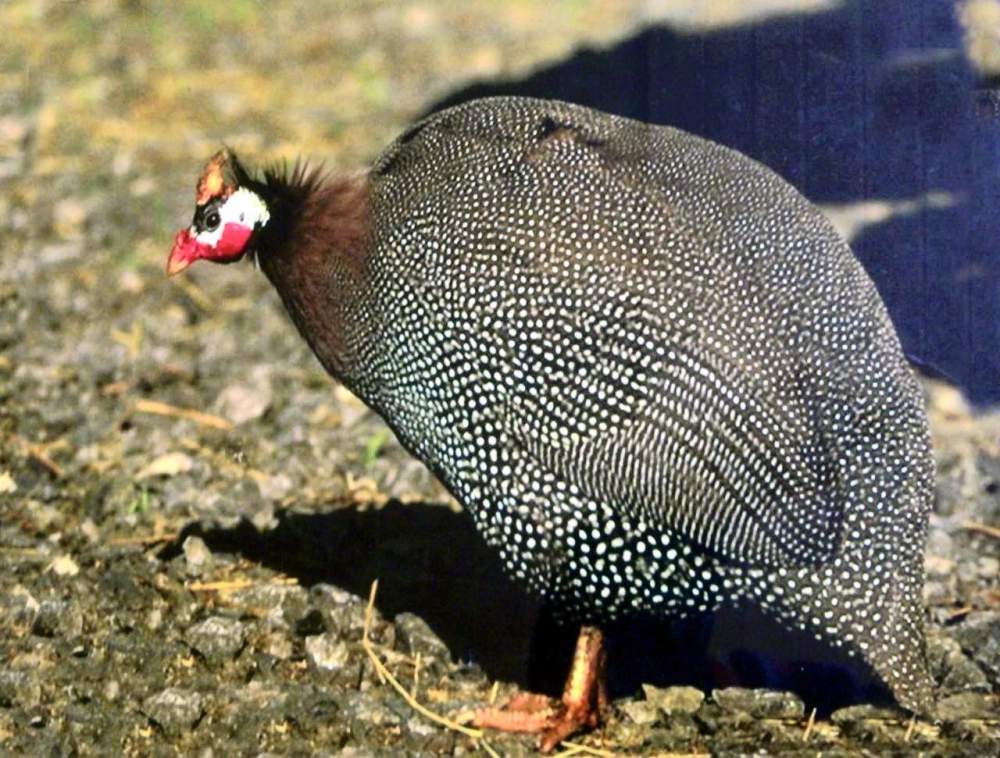Content:
Keeping hives with bees is fun. So you can control the quality of the resulting honey product, as well as increase the yield of fruit crops in the garden. How to keep bees? There are several ways to organize a place for keeping bees.
Keeping bees in pavilions
Keeping bees in pavilions has its own advantages and disadvantages. It should be a structure made of solid insulating material. It is necessary to install heat sources inside. Brick ovens or hot water heating are well suited for this. The choice of electric heating helps to control the air temperature more accurately, but is more costly.
The pavilion is necessary to protect bees from climatic changes, attacks by animals and birds. Keeping constant warmth in springtime helps to build up the strength of the bee colonies. Such colonies are more productive in terms of honeycomb formation and collect nectar from early honey plants. As a rule, with a standard keeping of bees, early May honey is obtained in very small quantities. The pavilion content allows you to increase the yield.
To install the pavilion, you need to choose a dry and level place, located away from pedestrian roads, trails for pasture. The size of the room depends on the desired number of bee colonies. For 3-6 bee families, an extension of 5-6 sq. meters. Placement of bees inside the outbuilding should face the south-east and south-west.
In front of the entrances, you can plant low bushes (gooseberries, black chokeberries, viburnum). Bees protected from strong winds will be able to return safely to the landing sites.
In the roof of the pavilion, you need to make a hatch 80 * 80 cm, which opens when using a smoker. It is better to additionally isolate the floor surface with a mesh subframe to prevent rodents from entering.
Bee keeping on frame 145
The use of nine frame hives with a 145 mm frame has its advantages. The changed thickness of the upper and lower planks to 8 and 6 mm eliminates unnecessary reinforcement. In addition, this thickness simplifies the transition of bees between the hulls in winter.
The presence of a permanent divider on the frame allows you to reduce the time spent on loosening before moving. This does not interfere with the work of bees. The uniform size of all hulls allows easy replacement or expansion of families. Design features can fit up to two families in one hive.
Frames, 145 mm in size, are suitable for use in honey extractors of any design, all beekeeping equipment is suitable for them. In the summer period, small honeycombs are formed, which do not deform or break during transportation.
Bee keeping standards
Is it possible to keep bees in the country? Since the garden plots are characterized by a dense arrangement to each other, there are regulatory documents regulating the possibility of keeping a bee in the country. The order of the Ministry of Agriculture of Russia dated May 19, 2016 No. 194 indicates the permissible requirements for breeding bees.
The hives can be located no closer than three meters from the borders with neighboring areas, directing the entrances inside the beekeeping area. When fencing a site with a fence above 2 meters, the distance between the hive and the adjacent site can be any.
When installing hives in settlements, it is permissible to keep only peaceful breeds (Bashkir, Carpathian and others). It is forbidden to use methods that induce aggression from bees. All types of work must be carried out using a smoker. 100 sq. meters of the site can accommodate no more than 2 bee colonies.
Beekeeper's first aid kit
When working with bees, the prescribed safety standards must be observed. However, with all this, it is required to carefully form a first-aid kit, in case of damage by bees. Such a first-aid kit should be available when installing a nomadic apiary on the honey collection.
The maintenance of the beekeeper's first-aid kit during migration, in addition to the obligatory antihistamines (Loratadin, Claritin, Zirtek and others), should include:
- 5% alcohol solution of iodine to treat possible cuts;
- 3% hydrogen peroxide solution to stop minor bleeding;
- validol in tablets or in the form of an alcohol solution to relieve tachycardia attacks;
- combined antipyretic and pain relievers (pentalgin, smidopyrine);
- adsorbents (activated carbon, enterosgel);
- brilliant green solution;
- anti-burn ointments (dermazin);
- ammonia with loss of consciousness;
- baking soda is necessary for rinsing the mouth;
- laxative (magnesia sulfate);
- means for dressing (bandages, cotton wool, bactericidal adhesive plaster, fingertip);
- care products (thermometer, tourniquets, heating pad, ice bladder, rubber enema).
Among antihistamines, it is recommended to have various forms for the administration of the drug (ampoules, tablets). In case of anaphylactic shock, you need to have calcium chloride or gluconate in ampoules, epinephrine, caffeine and prednisolone.
How many hives are there in the village
How many hives can be kept on a plot in a village? With a total area of 50 acres, no more than 150 hives can be placed, based on the norms for the location of adjacent hives. The distance between individual hives must be at least 10 meters.
Without taking into account the existing buildings on an average plot of 6-10 acres, you can fit 18-20 hives.
Double housing with dividing grid
The construction of the second building above the hive has its own characteristics. First, you need to make sure that the bee colony has completely occupied the nest compartment. After that, you can install another floor on top. In order to avoid cooling of the nest, it is necessary to fill the upper part with frames in stages.
In this way, the formation of a separate family from the same uterus is obtained. In this case, there is no mixing of new families.
To create the best conditions for working bees, you need to collect open nests with brood, bee bread and sealed combs from the first housing. The uterus must be placed in such nests, covering the body with a dividing lattice. On top of such a fence, a new housing can be built by pre-installing empty combs and frames with brood.
A dividing grid is necessary to restrict access of the uterus and drones to a separate compartment of the hive. Due to the large, in comparison with workers, the size of the uterus cannot penetrate through the openings of the lattice. In the absence of a dividing lattice, the lower body can be clogged with bee bread, and the uterine masonry can be randomly located. In this case, it is not possible to receive a commercial product.
Apiary maintenance in the village
There are regulated norms for the maintenance of an apiary in the conditions of settlements.These requirements are fixed in the Veterinary Rules approved by the order of the Ministry of Agriculture of Russia dated 05.19.2016 No. 194.
When maintaining an apiary, hives should be painted in different colors. In addition, it is necessary to keep reserve and frames for cells in stock. The area for the apiary must be regularly mown from vegetation.
Removal of the apiary for honey collection is allowed at a distance of at least 100 meters from any medical, educational, childcare facilities, as well as railways, borders of federal roads right-of-way. There should be at least 500 meters from industrial enterprises of the confectionery and chemical directions.
For the veterinary and sanitary treatment of equipment, hives and frames, it is necessary to organize separate areas and closed pits for water drainage. The distance between the hives should allow unhindered access to the bee colonies. It is forbidden to use techniques that cause aggression in bees. The maximum number of bee colonies per 100 sq. meters of the plot is 2 units.
Summarizing the above, we can say that compliance with fixed standards will help avoid conflict situations in beekeeping and get an environmentally friendly honey product.
